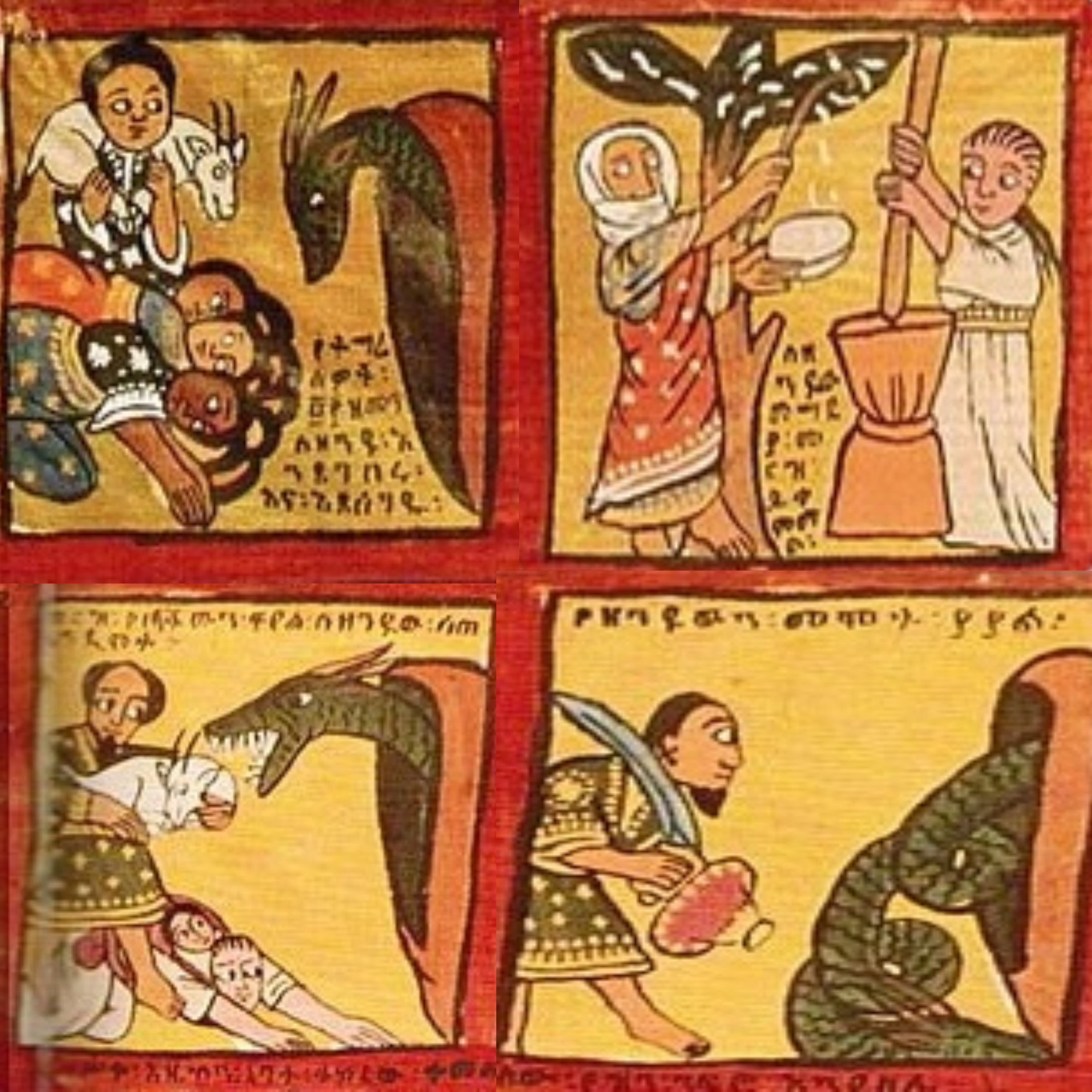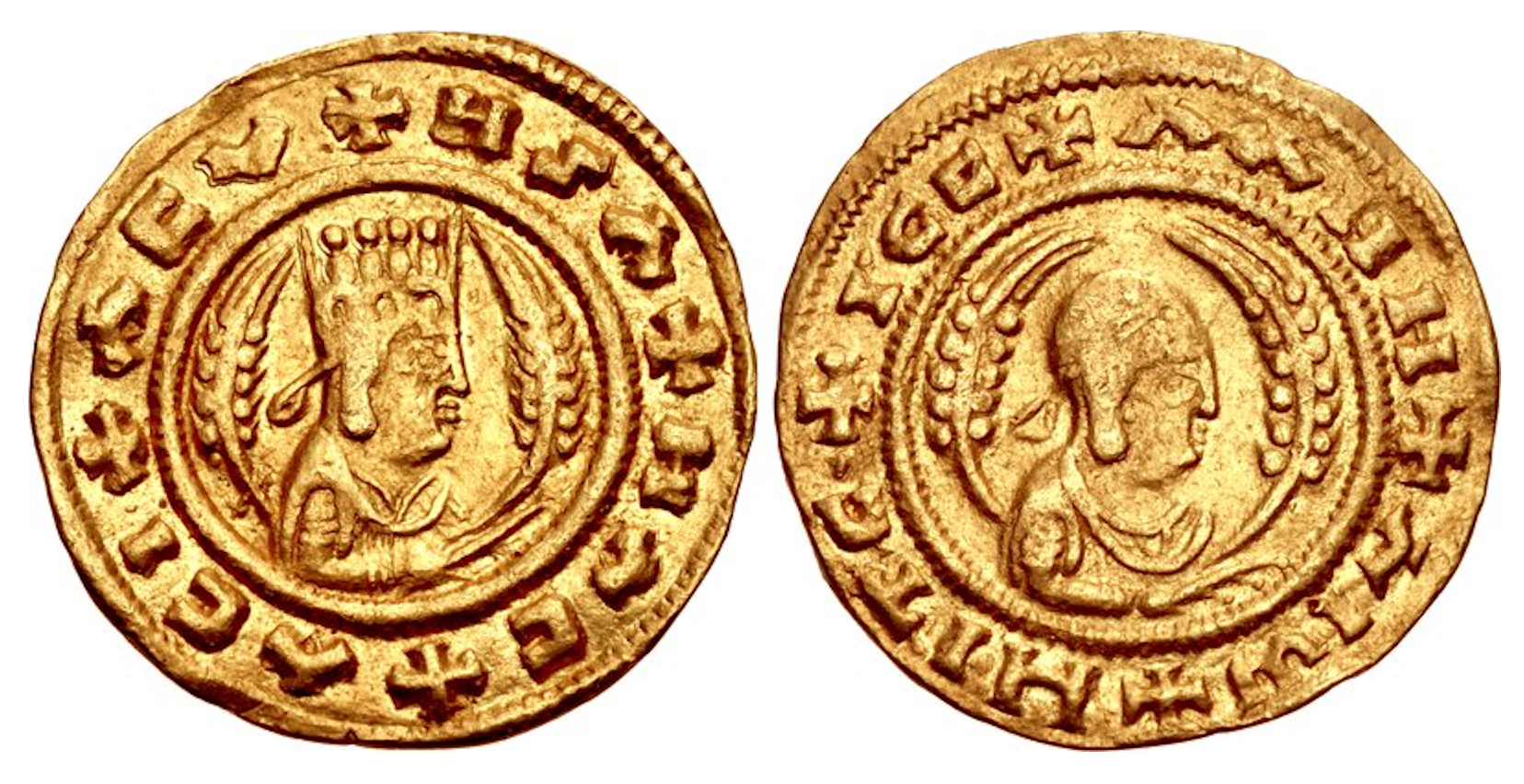|
Ousas
Ousas, also Ousanas II (c. 500), was a king of the Kingdom of Aksum. He succeeded Nezool atop the throne. Ousas is primarily known from the coins that were minted during his reign. Since the gold coins issued with this king's name closely resemble those of King Kaleb of Axum, Stuart Munro-Hay Stuart Christopher Munro-Hay (21 April 1947 – 14 October 2004) was a British archaeologist, numismatist and Ethiopianist. He studied the culture and history of ancient Ethiopia, the Horn of Africa region and South Arabia, particularly their his ... suggests that Ousas may be another name of Tazena, who is described both in Ethiopian tradition and on Kaleb's coins as his father.Munro-Hay, ''Aksum: An African Civilization of Late Antiquity'' (Edinburgh: University Press, 1991), pp. 84, 88. Notes Kings of Axum 5th-century monarchs in Africa 6th-century monarchs in Africa {{Ethiopia-royal-stub ... [...More Info...] [...Related Items...] OR: [Wikipedia] [Google] [Baidu] |
Kings Of Axum
The kings of Kingdom of Aksum, Axum ruled an important trading state in the area which is now northern Ethiopia and Eritrea, from 400 BC to 960 AD. Sources Various regnal lists of Axumite monarchs have survived to the present day via manuscripts or oral tradition. However, the lists often contradict each other and many lists contain incomplete or scattered information. The lists were likely compiled over a long period at several different monasteries. Some historians consider these lists to be untrustworthy. There are a number of legendary figures at the beginning of some lists whose historicity is difficult to confirm or trace. Axumite kings may have used multiple names similar to the later List of Emperors of Ethiopia, Emperors of the Ethiopian Empire (1270–1974), resulting in different names for the same ruler on different lists. Axumite currency, Aksumite coins have proven useful for constructing a chronology of Axumite kings. Around 98 percent of the city of Axum has not ... [...More Info...] [...Related Items...] OR: [Wikipedia] [Google] [Baidu] |
Kaleb Of Axum
Kaleb (, Latin: Caleb), also known as Elesbaan (, ), was King of Aksum, which was situated in what is now Ethiopia and Eritrea. Name Procopius calls him "Hellestheaeus," a variant of the Greek version of his regnal name, (''Histories'', 1.20). Variants of his name are Hellesthaeus, Ellestheaeus, Eleshaah, Ellesboas, Elesbaan, and Elesboam. At Aksum, in inscription RIE 191, his name is rendered in unvocalized Gə‘əz as "Kaleb ʾElla ʾAṣbeḥa, son of Tazena". In vocalized Gə‘əz, it is (Kaleb ʾƎllä ʾÄṣbəḥä). Kaleb, a name derived from the Biblical character Caleb, was his given name. On both his coins and inscriptions he left at Axum, as well as Ethiopian hagiographical sources and king lists, he refers to himself as the son of Tazena. Life Procopius, John of Ephesus, and other contemporary historians recount Kaleb's invasion of Yemen around 520, against the Himyarite king Yūsuf As'ar Yath'ar, known as Dhu Nuwas, a Jewish convert who was persecuting ... [...More Info...] [...Related Items...] OR: [Wikipedia] [Google] [Baidu] |
Nezool
Nezool (fl. later 5th century) was a king of the Kingdom of Aksum. He is primarily known from the coins minted during his reign, where his name also appears as Nezana. Stuart Munro-Hay reports a theory that Nezool and Nezana were actually the names of a pair of kings who shared in a dual reign. However, the consensus is that Nezool is the Ge'ez version of his name transliterated into Greek Greek may refer to: Anything of, from, or related to Greece, a country in Southern Europe: *Greeks, an ethnic group *Greek language, a branch of the Indo-European language family **Proto-Greek language, the assumed last common ancestor of all kno ..., while Nezana is a more Greek-looking form.Wolfgang Hahn & Vincent West, ''Syllogue of Aksumite Coins in the Ashmolean Museum, Oxford'' (Oxford: Ashmolean Museum, 2016), p. 13 Coinage A number of gold and silver coins bearing either the name Nezool or Nezana have been recovered and can be found in modern collections. Three types of gold c ... [...More Info...] [...Related Items...] OR: [Wikipedia] [Google] [Baidu] |
Kingdom Of Aksum
The Kingdom of Aksum, or the Aksumite Empire, was a kingdom in East Africa and South Arabia from classical antiquity to the Middle Ages, based in what is now northern Ethiopia and Eritrea, and spanning present-day Djibouti and Sudan. Emerging from the earlier Dʿmt civilization, the kingdom was founded in the first century. The city of Axum served as the kingdom's capital for many centuries until it relocated to Kubar in the ninth century due to declining trade connections and recurring invasions. The Kingdom of Aksum was considered one of the four great powers of the third century by the Persian prophet Mani, alongside Persia, Rome, and China. Aksum continued to expand under the reign of Gedara (), who was the first king to be involved in South Arabian affairs. His reign resulted in the control of much of western Yemen, such as the Tihama, Najran, al-Ma'afir, Zafar, Yemen, Zafar (until ), and parts of Hashid territory around Khamir, Yemen, Hamir in the northern Geogra ... [...More Info...] [...Related Items...] OR: [Wikipedia] [Google] [Baidu] |
List Of Kings Of Aksum
A list is a set of discrete items of information collected and set forth in some format for utility, entertainment, or other purposes. A list may be memorialized in any number of ways, including existing only in the mind of the list-maker, but lists are frequently written down on paper, or maintained electronically. Lists are "most frequently a tool", and "one does not ''read'' but only ''uses'' a list: one looks up the relevant information in it, but usually does not need to deal with it as a whole".Lucie Doležalová,The Potential and Limitations of Studying Lists, in Lucie Doležalová, ed., ''The Charm of a List: From the Sumerians to Computerised Data Processing'' (2009). Purpose It has been observed that, with a few exceptions, "the scholarship on lists remains fragmented". David Wallechinsky, a co-author of '' The Book of Lists'', described the attraction of lists as being "because we live in an era of overstimulation, especially in terms of information, and lists help us ... [...More Info...] [...Related Items...] OR: [Wikipedia] [Google] [Baidu] |
Aksumite Currency
Aksumite currency was coinage produced and used within the Kingdom of Aksum (or Axum) centered in present-day Ethiopia and Eritrea. Its mintages were issued and circulated from the reign of King Endubis around AD 270 until it began its decline in the first half of the 7th century where they started using Dinar along with most parts of the Middle East. During the succeeding medieval period, Mogadishu currency, minted by the Sultanate of Mogadishu, was the most widely circulated currency in the eastern and southern parts of the Horn of Africa from the start of the 12th century. Aksum's currency serves as an indicator of the kingdom's contemporary cultural influences and religious climate (first polytheistic and later Oriental Christianity). It also facilitated the Red Sea trade on which it thrived.Stuart Munro-Hay, ''Aksum: An African Civilization of Late Antiquity'' (Edinburgh: University Press, 1991), p. 155. The coinage has also proved invaluable in providing a reliable ch ... [...More Info...] [...Related Items...] OR: [Wikipedia] [Google] [Baidu] |
Stuart Munro-Hay
Stuart Christopher Munro-Hay (21 April 1947 – 14 October 2004) was a British archaeologist, numismatist and Ethiopianist. He studied the culture and history of ancient Ethiopia, the Horn of Africa region and South Arabia, particularly their history of coins. Born in Northern Ireland, he was initially called ''Stuart Christopher H. McIlwrath'', but took his mother's maiden name after his parents separated. Munro-Hay studied Egyptology at the University of Liverpool from 1970 to 1974. As a student and collaborator of Neville Chittick, he worked on the 1973-74 excavation project of the British Institute in Eastern Africa (BIEA) in Aksum, the capital of the late-antique Aksumite Empire. The excavations had to be cancelled due to the Derg's coup d'état in 1974, but Munro-Hay continued to dedicate his work to researching the history of Aksum, and in particular compiled a large collection of Aksumite coins. He completed his doctorate in 1978 at the London School of Oriental and A ... [...More Info...] [...Related Items...] OR: [Wikipedia] [Google] [Baidu] |
5th-century Monarchs In Africa
The 5th century is the time period from AD 401 (represented by the Roman numerals CDI) through AD 500 (D) in accordance with the Julian calendar. The 5th century is noted for being a period of migration and political instability throughout Eurasia. It saw the collapse of the Western Roman Empire, which came to a formal end in 476 AD. This empire had been ruled by a succession of weak emperors, with the real political might being increasingly concentrated among military leaders. Internal instability allowed a Visigoth army to reach and ransack Rome in 410. Some recovery took place during the following decades, but the Western Empire received another serious blow when a second foreign group, the Vandals, occupied Carthage, capital of an extremely important province in Africa. Attempts to retake the province were interrupted by the invasion of the Huns under Attila. After Attila's defeat, both Eastern and Western empires joined forces for a final assault on Vandal North Africa, but ... [...More Info...] [...Related Items...] OR: [Wikipedia] [Google] [Baidu] |




